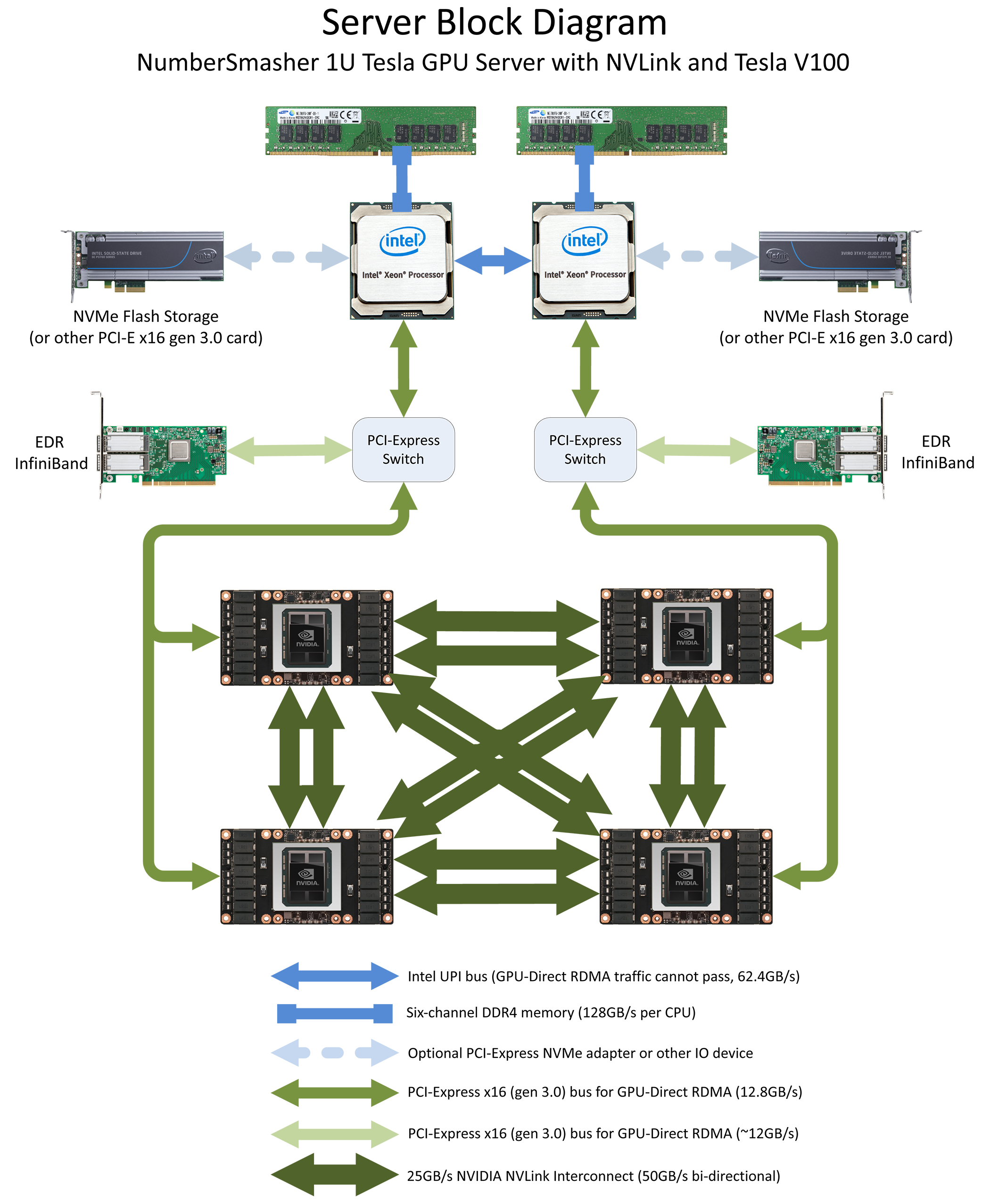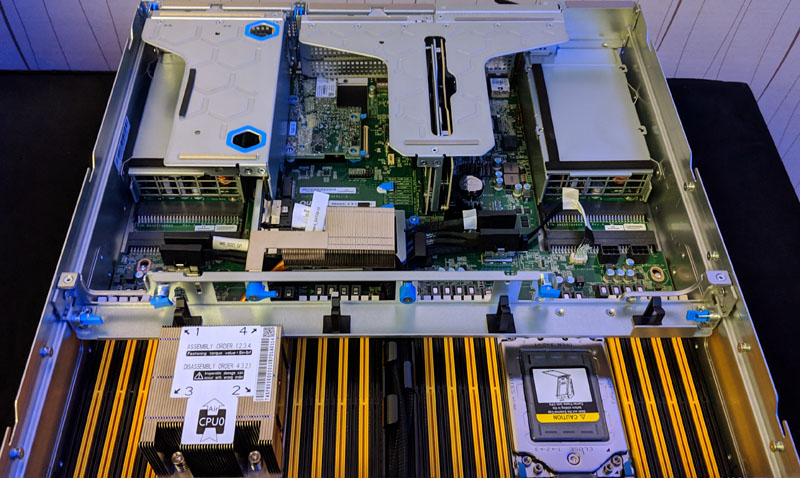Any reason you need more lanes? Don’t the current top of the line GPUs not even need 16x PCIE 3 to give full performance?
Given that multi-GPU use is lower than its ever been, I’m just left wondering what you’d want (or need) all of that for, especially in a consumer chip. Sure you’d want PCIE 4 if you’re trying to future proof a build, but I can’t see needing that many lanes.
It's always good to have more I/O. NvMe storage is one particular reason for more PCIE lanes.
Not sure if you guys heard the news or earlier discussions but AMD is likely exposed Infinity fabric over PCIE 4.0. So, there's that major reason and the fact that it's future proof'd buying a mobo w/ PCIE 4.0. I'd settle on Ryzen 3 7nm for the long haul (5 years+) if it came w/ PCIE 4.0.
PCIE 4.0 has lower latency and higher bandwidth.
AMD also supports bifurcation on threadripper allowing one to break out a single x16 into x4/x4/x4/x4.
My Ryzen 7 systems have I/O fully saturated. I have a x8 card and x16 card/nvme and sata. I'd like to have more options on it. I use GPUs for compute related flows not gaming. Lower latency and higher bandwidth (i expect navi to be pcie 4.0) are needed.
On my threadripper builds, I have all of the PCIE 3.0 slots x8/x16/x8/x16 filled with cards. I also have the PCIE 2.0 occupied. I also have 3 nvme drives and a slew of sata drives. So, there I could use more I/O as well. I am also highly interested in an I/O chiplet as I have several devices that can DMA data too and from each other w/o CPU intervention and I'd like to see what interesting things can be done on the I/O chiplet when AMD exposes the internals more.
Essentially I want the future Now and have real uses for it. AMD is headed towards HSA and (infinity fabric) over PCIE 4.0 is one big stepping stone. I already have some PCIE 4.0 devices being eyeballed and there is the obvious progression for several devices :
https://news.samsung.com/global/sam...-factor?utm_source=mainkv&utm_medium=internal
The NF1 SSD features a brand new, high-performance controller that supports the NVMe 1.3 protocol and PCIe 4.0 interface, delivering sequential read speeds of 3,100 megabytes per second (MB/s) and write speeds of 2,000MB/s.
PCIE 4.0 is also how AMD drop kicks Nvidia's proprietary Nvlink in the face and this goes all the way up to the Power9 architecture and their ridiculously priced DGX-2
Big things will fall apart if AMD opens up Infinity fabric over PCIE 4.0 :






